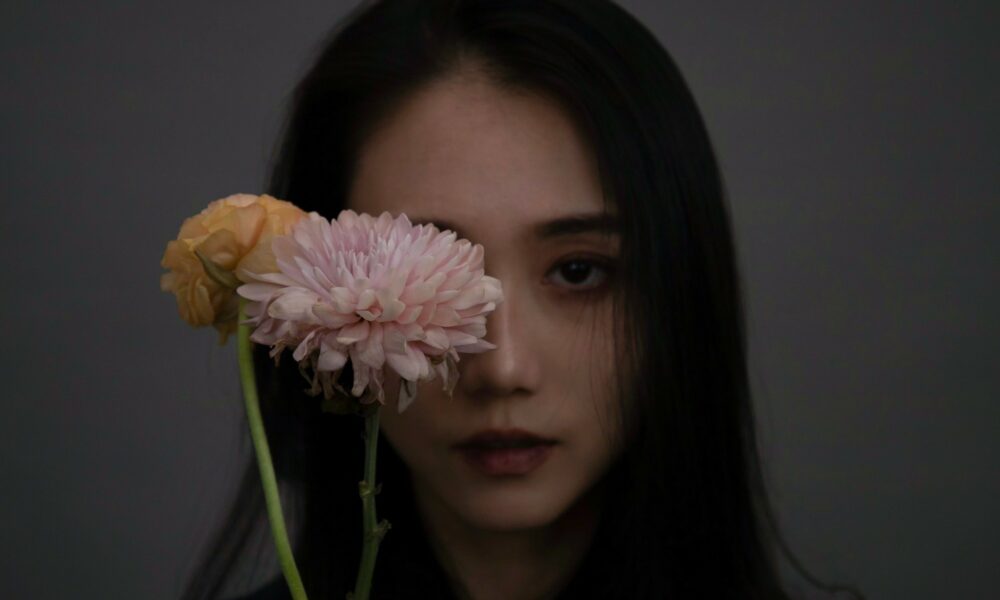

Today we’d like to introduce you to Zoe (Yu) Cui.
Hi Zoe (Yu), thanks for sharing your story with us. To start, maybe you can tell our readers some of your backstory.
I was born in a northeastern industrial city in China. As the finance and technology industries flourished in the south, people said that our generation was destined to leave our hometown. However, I traveled much farther than most people—across the Pacific Ocean and 13 time zones—to arrive in a foreign country. At the age of 15, I came to the United States alone, which perhaps taught me how to take control of my own life and make decisions that truly aligned with my heart’s desires from my teenage years onward. I have always been drawn to art and creativity, from carefree painting in my childhood to my current work in design. It seems that I knew from the beginning that I would embark on this path and have consistently taken action towards it. Living across cultures has become the catalyst for my creativity.
Nowadays, I have become an independent designer and an artist. My creative endeavors focus on cross-cultural communication and brand design, which are inseparable from my cultural background. Coming from China and now hoping to settle in the U.S., multicultural expression has become an integral part of my life. Therefore, I have immersed myself in cross-cultural exploration, especially in the field of design.
As a designer and a creator, I see design not only as a commodity but also as a form of meditation and a way of life. Design allows me to truly enjoy the things I am passionate about: sincere communication, creation, aesthetics, and an open-minded, spiritual world.
We all face challenges, but looking back would you describe it as a relatively smooth road?
Although by definition, I am a young Gen Z, my life path has been far from smooth. The greatest challenges in my life have come from illness and loss. At the age of 21, I went through lymphoma, chemotherapy, and hematopoietic stem cell transplantation. During this time, I had to put everything on hold, including my studies and creative work. It was a devastating blow that was difficult for me to digest and come to terms with. However, it was during this period of isolation from social activities that I had all the time in the world for self-reflection and inner exploration. Almost every moment, I contemplated the impermanence of life. I am grateful for my family and all the people who love me, as it was during this time that I truly realized the importance of communication between individuals. I come from a Tibetan Buddhist family, and my father served as a guiding figure, leading me out of those physically and mentally agonizing days. I won’t tell everyone to be thankful for the hardships in their lives, but for me, it was this journey on the verge of death that made me a spiritually stronger and more open-minded person. And this has had a tremendous positive impact on my attitude toward life and the direction of my artistic creations.
During a lecture about the renowned designer Milton Glaser, I heard an anecdote that deeply resonated with me: When Milton Glaser won a major design award and refused to attend the ceremony, he told his friend, “They serve bad food, and I would need to talk to people that I don’t wanna talk to. I could die 2 hours later, and that was the last thing I did?” This kind of attitude towards life is what I aspire to. Illness has taught me that nothing in life is constant, so I will strive to pursue my true passions in every moment I have.
Appreciate you sharing that. What else should we know about what you do?
My creative practice is built upon culture, feminism, and language.
In May 2023, I completed an exhibition called “Women in Chinese Characters,” which took me a year to conceptualize and design. “Women in Chinese Characters” examines the perpetuation of misogyny and gender bias in Chinese society through an exploration of the negative and stereotypical connotations associated with female radical characters in the Chinese language. The exhibition is an experience for the audience to visualize these problems and read about Chinese women’s real experiences. Through a combination of a publication, motion graphic video, and an immersive visual space, the project aims to raise awareness of this issue and encourage critical reflection on the role of language in shaping cultural attitudes toward women.
Through my collaboration with Accent Sisters, the local Chinese bookstore where I hosted the exhibition, I not only felt recognition from the Chinese community but also discovered resonance from various cultures. When a French designer saw my work, she started discussing the masculine and féminin words in the French language, pointing out certain words that were “masculine” and others that were “feminine.” This was something she, as a native speaker, had never thought about as the “norm” of language. Additionally, a curator from Argentina contacted me, expressing interest in recreating this exhibition in Argentina. It was at this moment that I truly felt the resonance between different cultures and societies. In the process of “crossing” cultures, I also “connected” cultures.
In brand design, I often focus on conveying the brand’s message in different cultural contexts. For example, in my collaboration with Ritz-Carlton, I worked with a creative agency to design the visual system for their very first reserve in China. This visual system combines the naturalist culture of the Tibetan people with the Western elegance of Ritz-Carlton, bridging the gap between two vastly different cultures harmoniously.
Perhaps due to the law of attraction, I always find myself drawn to projects related to spirituality and culture, and it has become an integral part of my life.
Do you have any memories from childhood that you can share with us?
Taking time off school to go on road trips with my parents. My experience is completely contrary to the stereotypical image of Asian parents. They would grant me a week’s leave during the final exams of elementary school and take me on various adventures. We would drive from home to different provinces, go hiking, indulge in delicious food, get lost, and navigate through muddy rural roads without a specific destination in mind. Of course, when I returned, my end-of-term grades were poor, but that particular grade had no impact on my life whatsoever. On the other hand, every scenery we witnessed during our road trips continues to play in my mind. Perhaps I am one of the lucky ones who can find solace in childhood memories and carry them throughout life.
Contact Info:
- Website: https://www.zoecui.com/
- Instagram: https://www.instagram.com/zozomoloko/?hl=en
- Linkedin: linkedin.com/in/zoe-cui-a51780201
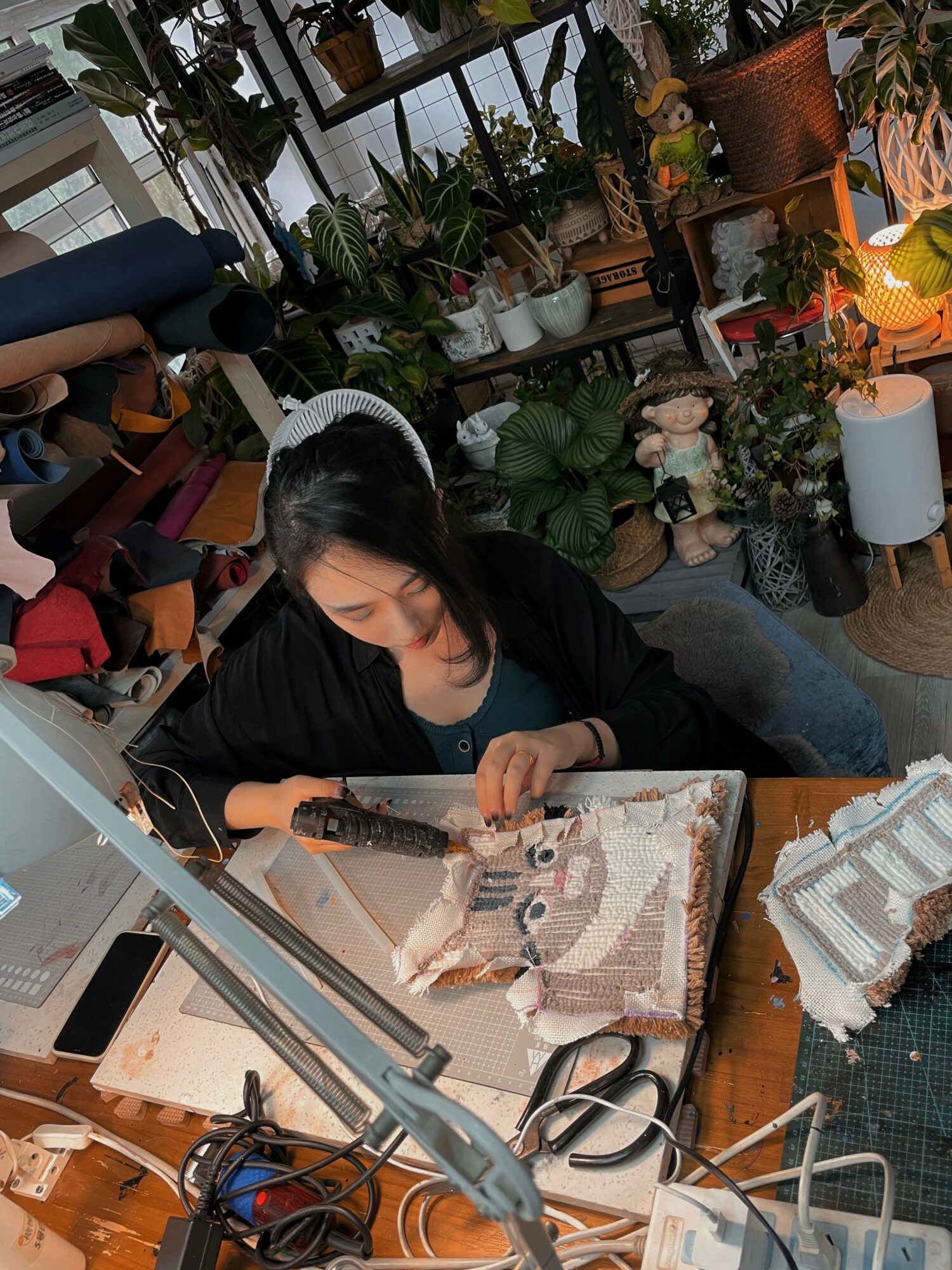

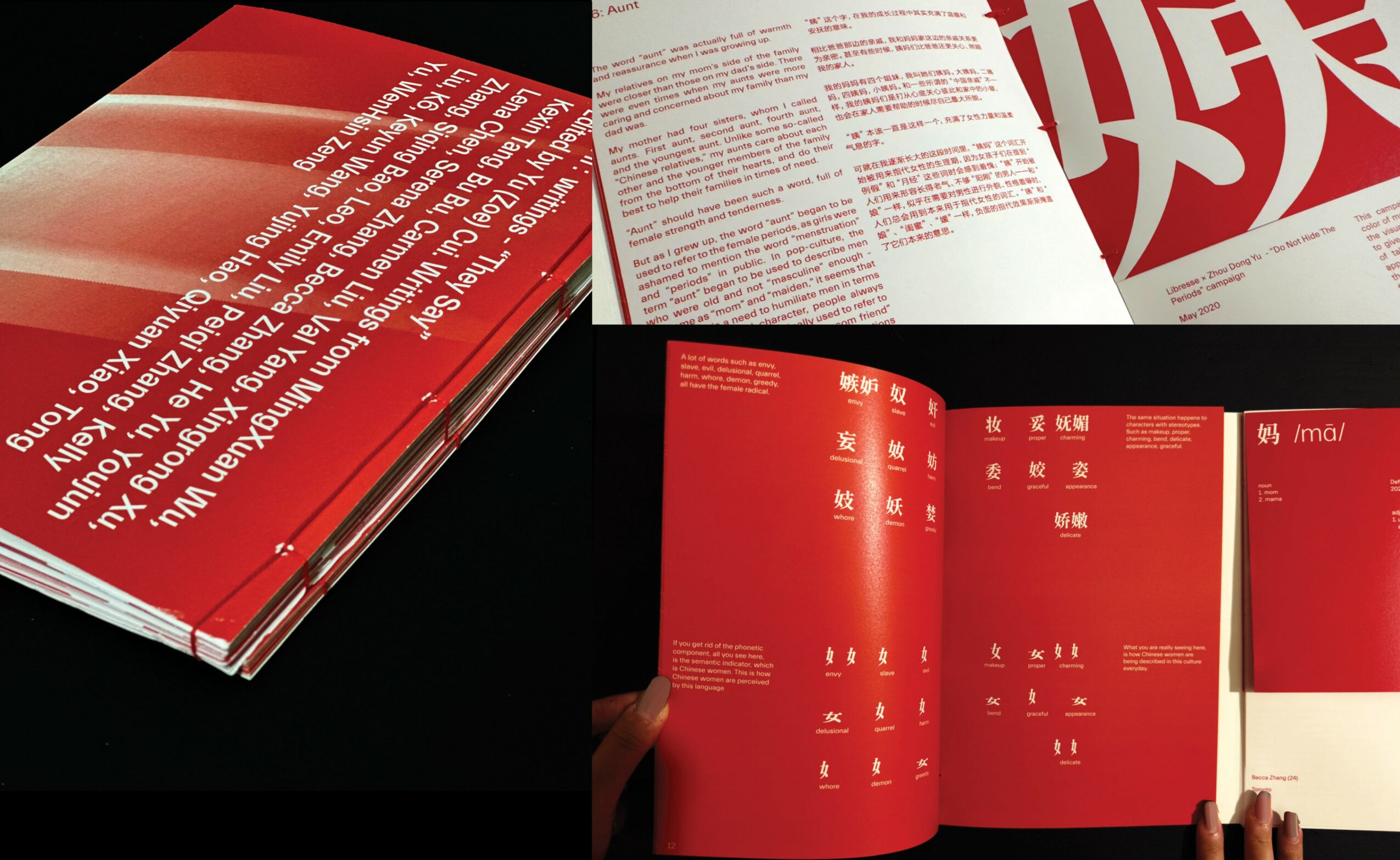
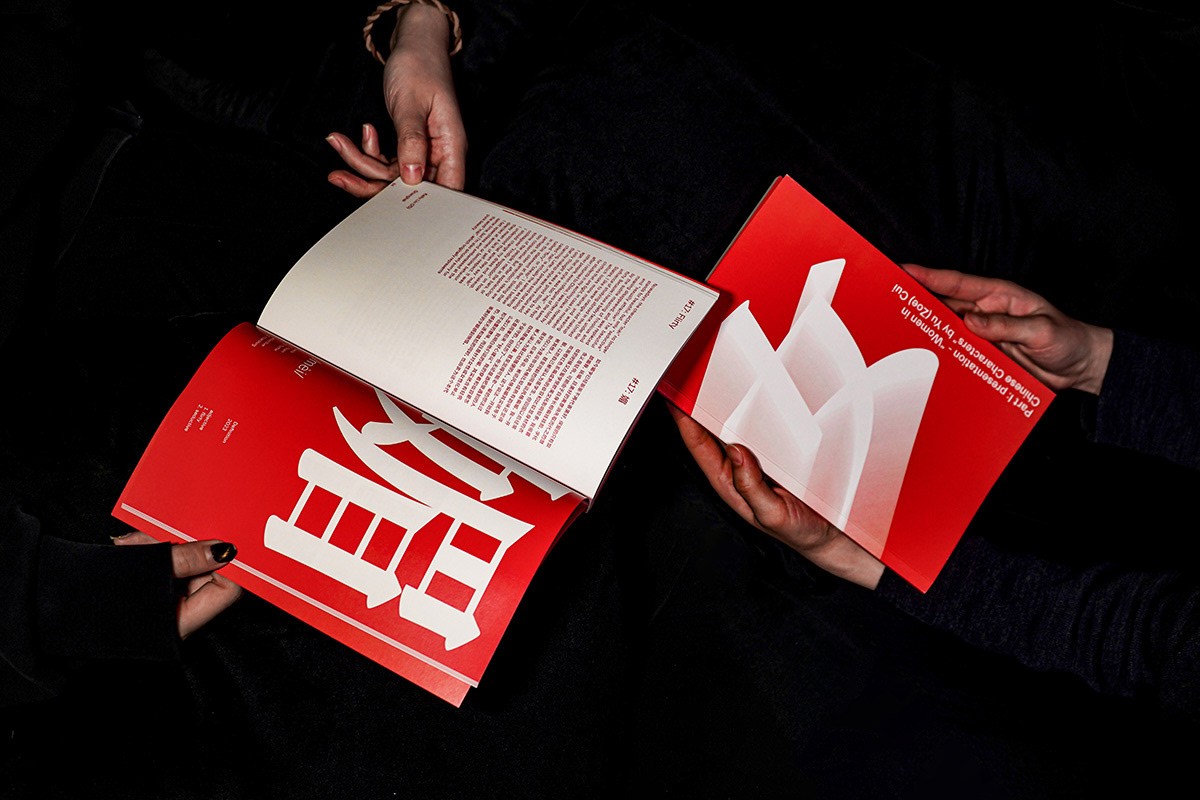
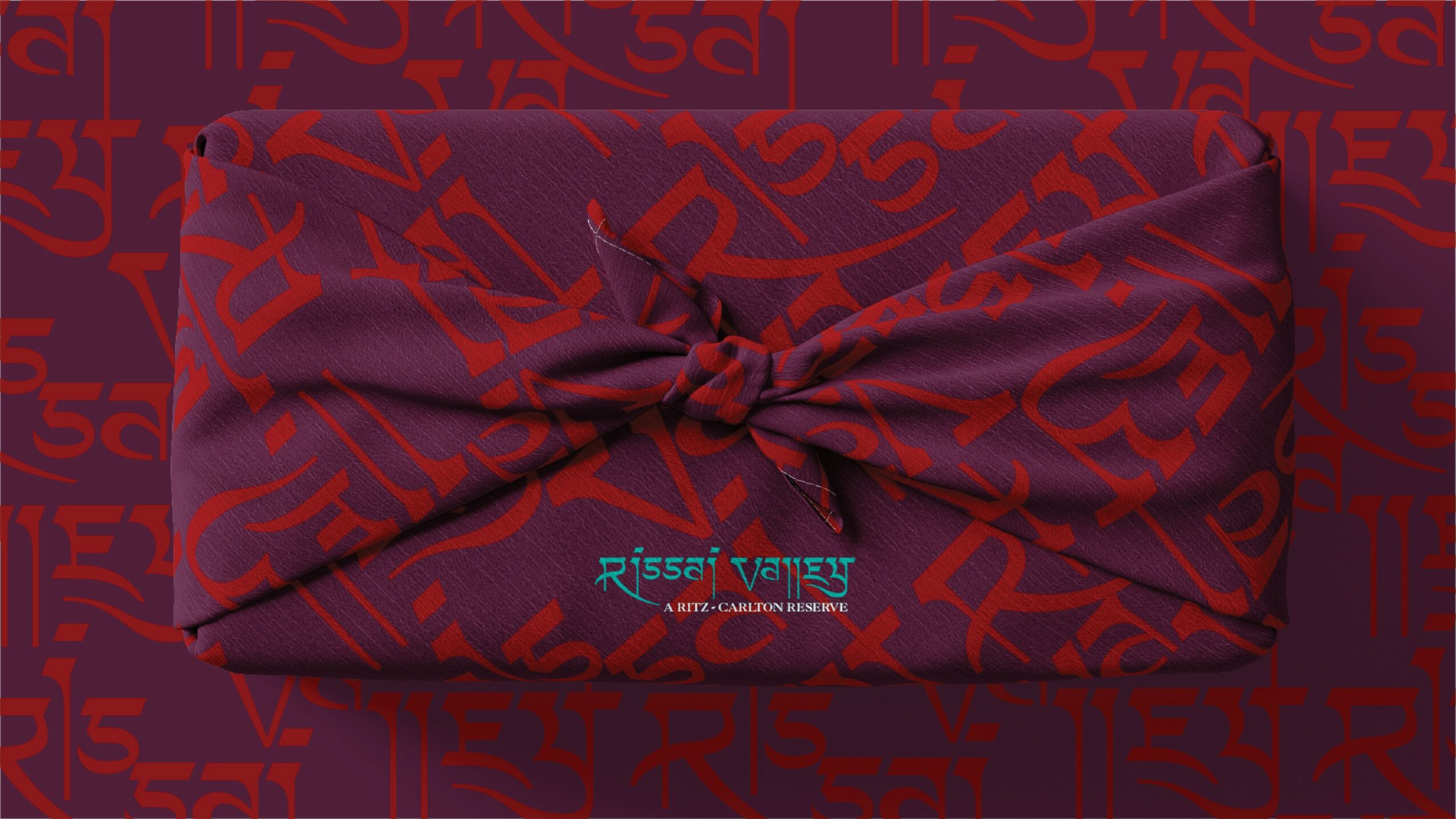

 Image Credits
Image Credits
Personal photo: credit to Aoi Sejima “Women in Chinese Characters” Photos: credit to Mi Chen













